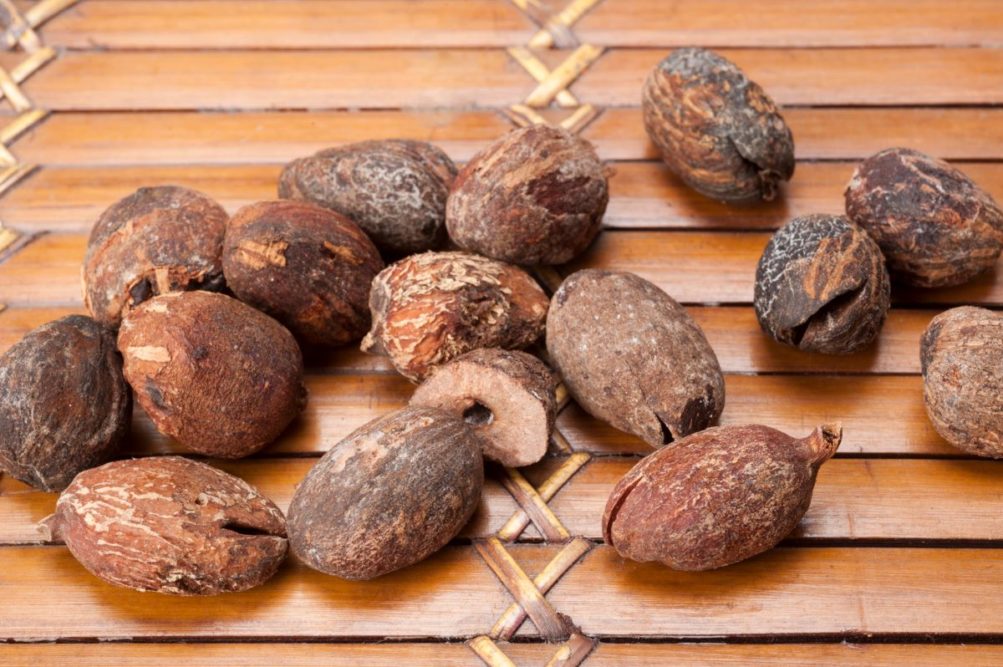AARHUS, DENMARK — AAK AB will invest SEK 500 million ($54.7 million) on biomass boilers at its production plant in Aarhus, a move the company expects will reduce the plant’s CO2 emissions by about 90%. Shea meal, a byproduct of shea-based ingredients, will fuel the boilers.
The plant has run a small biomass boiler for five years. Now, two new boilers will be installed. Combined, the three boilers are expected to reduce CO2 emissions by more than 45,000 tons per year, which would reduce AAK’s total scope 1 emissions by 16%. The US Environmental Protection Agency defines scope 1 emissions as direct greenhouse gas (GHG) emissions that occur from sources controlled or owned by a company. AAK expects to complete the project by the end of 2023.
“AAK is fully committed to accelerate its reduction of greenhouse gas emissions, and this initiative will definitely result in true progress,” said Johan Westman, president and chief executive officer of Aarhus-based AAK, when the project was announced Feb. 4. “Not least will it strongly contribute to delivering on the science-based targets, which we are in the process of setting.”
Running the boilers on shea meal virtually will eliminate the need for fossil fuel, which AAK expects will generate yearly savings of up to SEK 100 million ($10.9 million). The production plant in Aarhus already specializes in the crushing, refining and fractionation of shea, which AAK has sourced from West Africa for more than 60 years. AAK supplies shea stearin for cocoa butter equivalents (CBE) and shea-based emollients for cosmetics and personal care products.
AAK operates Kolo Nafaso, a direct sourcing program with women smallholder farmers in West Africa.
“It starts with a woman traditionally going out in the bush to a wild grown tree, picking up fruits, shea fruits, cooking them, drying them, taking the kernels, selling the kernels to us and others,” Mr. Westman said in a Feb. 4 call to discuss fiscal-year earnings. “We collect them. In this case, we transport them to Denmark where we crush the shea kernels in order to get value-added oils and fats, shea oils and fats, used in chocolate and confectionery solutions, used in personal care, skin care solutions as well as technical applications.
“The leftover is a shea meal. With this, we will now take that shea meal, and we will burn it for power to operate the plant, closing the loop in a circular way. Not only that, the ashes that will then be left over can also be used as fertilizers.”





